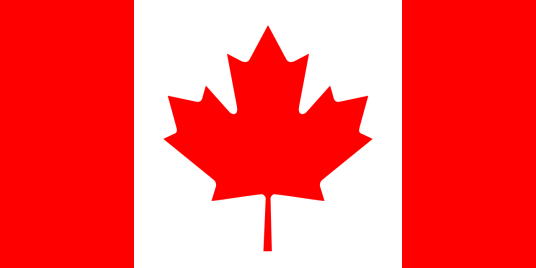The origin of the poster
The poster has its roots in the early 19th century, when the development of lithography allowed for mass production of printed materials. Lithography was a printing process that used a flat stone or metal plate to transfer ink onto paper, producing high-quality prints with
In the mid-1800s, the poster became a popular form of advertising, as businesses and organizations recognized the power of eye-catching images and catchy slogans to attract customers and promote their products or services. Posters were used to advertise everything from circus acts and theatrical performances to travel destinations and consumer goods.
In the late 1800s, the Art Nouveau movement influenced poster design, as artists used curving lines, intricate patterns, and flowing typography to create highly decorative and stylized posters. The Art Nouveau style was followed by the Art Deco movement in the 1920s and 1930s, which featured bold geometric shapes, streamlined typography, and bright colors.
During World War I and II, posters were used as propaganda to rally support for the war effort and promote patriotic values. Posters were also used to encourage conservation, rationing, and other homefront efforts.
In the post-war era, the popularity of posters continued to grow, as they were used to promote everything from movies and music to political candidates and social causes. Posters were also used as art prints, as artists created limited-edition posters to sell to collectors and fans.
Today, posters continue to be a popular form of advertising, decoration, and self-expression. They are used to promote events, products, and services, as well as to showcase artwork, photography, and other creative works. The internet has also made it easier than ever to create and distribute posters, allowing people to design and print their own posters from the comfort of their own homes.
 US
US CA
CA
